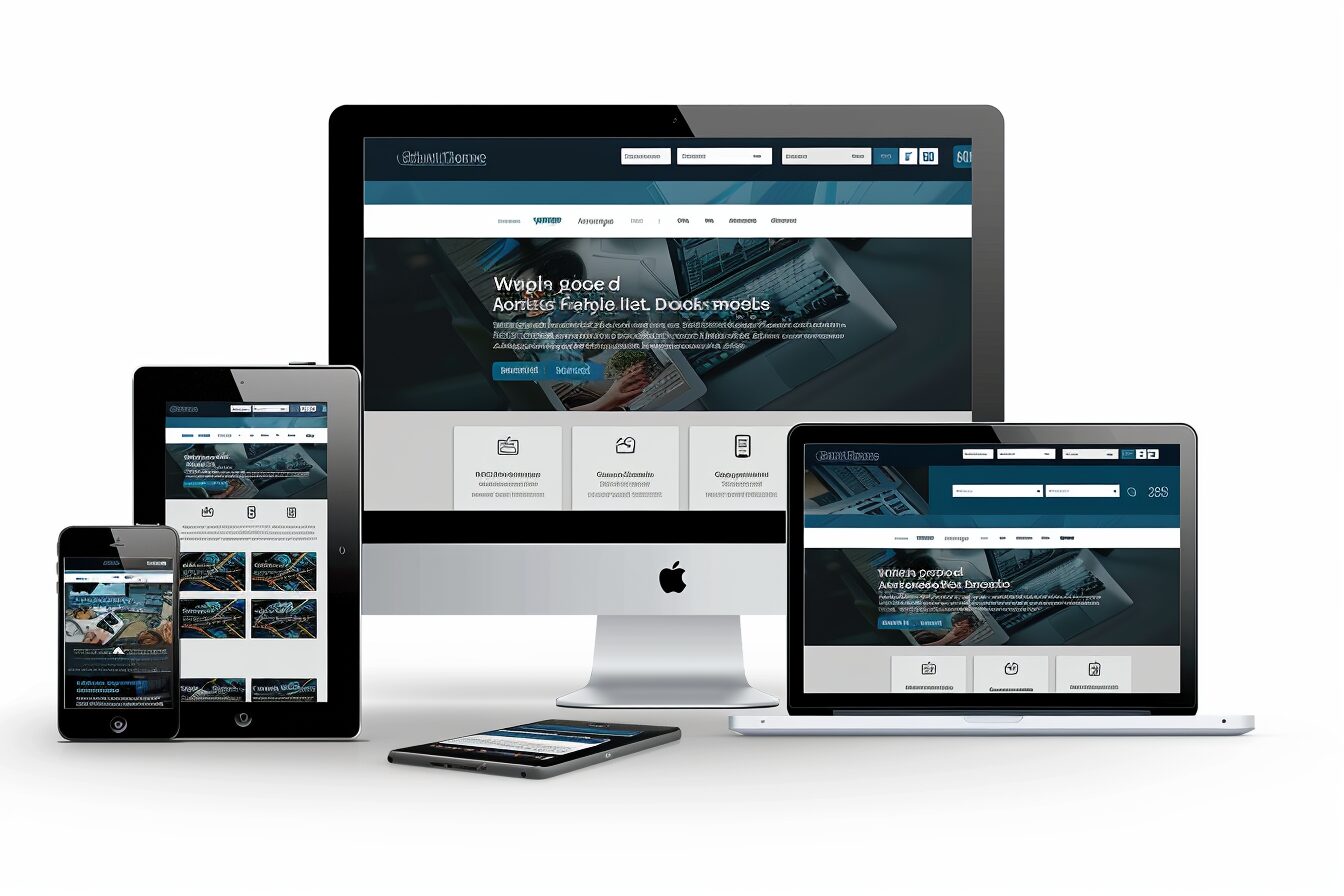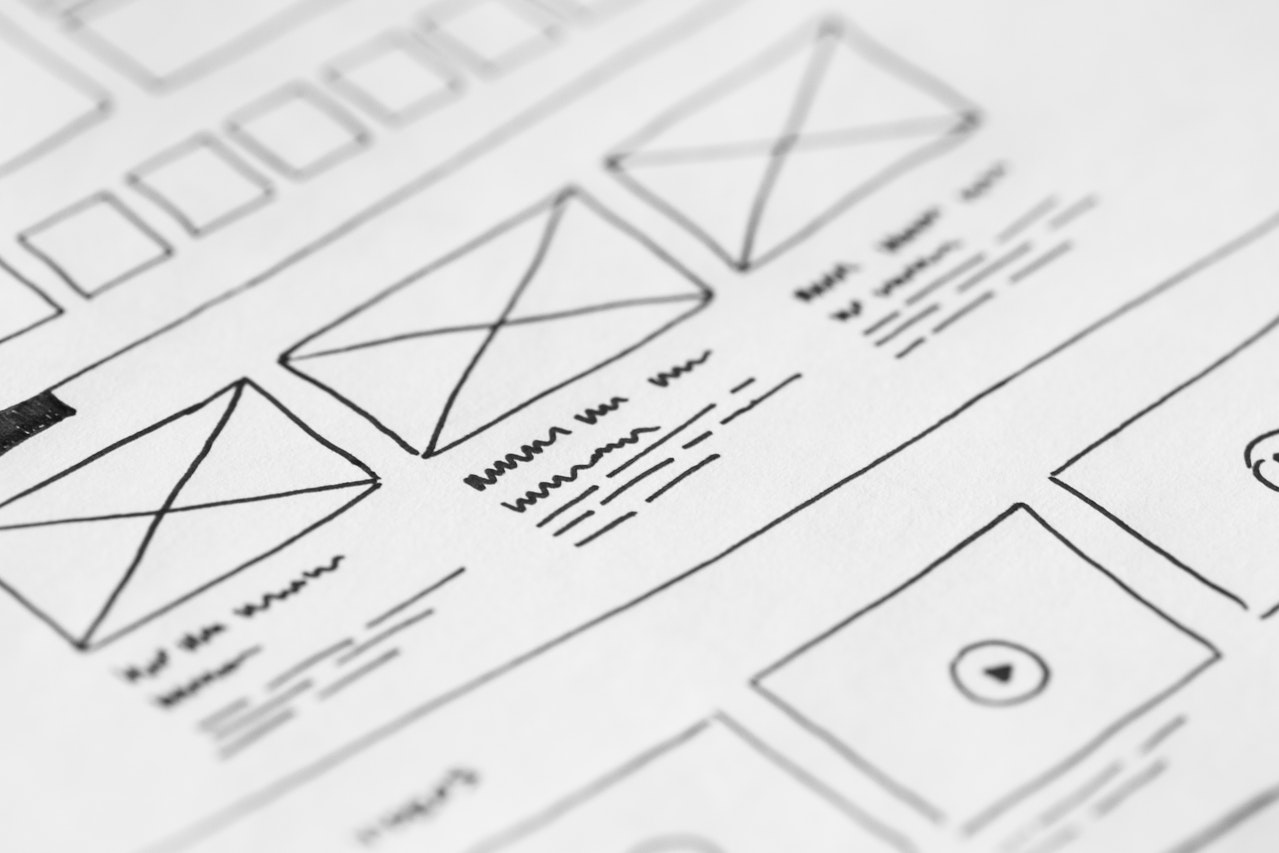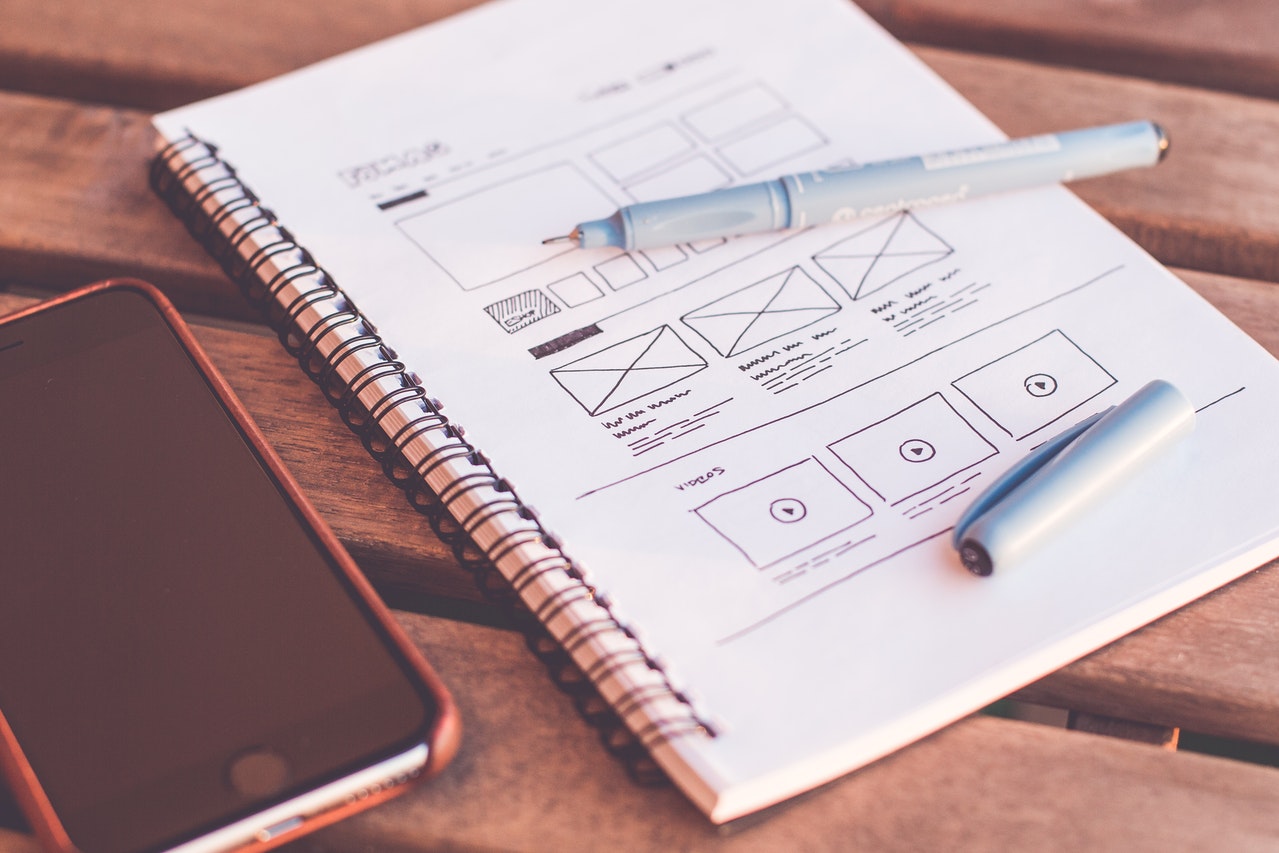There are many tools businesses need to learn to take advantage of to stay ahead of their competitors. As a modern business, one of your priorities is having a great-looking and well-functioning website that your customers can access to learn more about your business and your products and services. This is where web design comes into play.
Web design encompasses much more than just the visual appeal of your website. It also includes your site’s user experience (UX), which refers to how easy it is for visitors to find what they need on your site and navigate around. A good web design will consider both factors to create a website that looks good and is easy to use.
As a small business, paying attention to your business site’s design is essential for several reasons. Your website is often the first interaction potential customers will have with your business. This means that you need to make a good impression right from the start to encourage them to learn more about your company.
Additionally, a well-designed website can help you stand out from competitors. In today’s digital age, almost all businesses have an online presence. This means it’s more important than ever to ensure that your site is designed to set you apart from the rest. If your website looks and functions just like everyone else’s, visitors will likely move on to someone else who offers something different.
Here is an overview of what web design is and why this matters to your business.
What is Web Design?
At its core, web design is all about how a website looks and feels. This includes everything from the site’s layout to the colours and fonts used. A good web design will be visually appealing and easy to navigate. It will also be designed with your target audience in mind, taking into account what they are looking for when they visit your site.
In addition to the visual aspects of web design, it also encompasses your site’s user experience (UX). UX refers to how easy it is for visitors to find what they need on your site and navigate around. A good UX design will take into account things like how easy it is to find information on your site and whether or not the navigation is intuitive.
Why Does Web Design Matter to Your Business?
As a small business, paying attention to your business site’s design is essential for several reasons. Your website is often the first interaction that potential customers will have with your business. This means that you need to make a good impression right from the start to encourage them to learn more about your company.
Additionally, a well-designed website can help you stand out from competitors. In today’s digital age, almost all businesses have some sort of online presence. This means it’s more important than ever to ensure that your site is designed to set you apart from the rest. If your website looks and functions just like everyone else’s, visitors will likely move on to someone else who offers something different.
Here are a few other reasons why web design matters to your business:
It can help you to build trust with potential customers
A well-designed website that is easy to use and navigate can help to build trust with potential customers. If potential customers visit your site and have a positive experience, they will remember your business when they need your products or services.
It can encourage people to stay on your site
In addition to helping you build trust with potential customers, a well-designed website can encourage them to stick around and look at what you offer. If your site is challenging to navigate or not visually appealing, potential customers will likely click away and look for someone else who offers what they need.
It can help you to close more sales
A good web design can also help you close more sales by making it easy for potential customers to find the information they need and purchase. If your site is designed well, potential customers can quickly find what they’re looking for and complete the purchase without any issues.
A well-designed website is integral to any small business’s marketing strategy. Paying attention to your site’s design can encourage potential customers to learn more about your business and ultimately close more sales.
A Look at the Web Design Process
Now that you understand a bit more about why web design matters to your business, let’s look at the process of designing a website.
There are a few different steps involved in the web design process, which include:
Gathering the relevant information
The first step in the web design process is to gather information about your business and what you hope to achieve with your website. This will help guide the rest of the design process and ensure that your site is designed to meet your needs. Setting a solid foundation for the design process by determining the relevant information beforehand will help move the design process along more efficiently and avoid wasting time and resources, which is ideal for a small business working on a limited budget.
Planning the layout
Once you have gathered all of the necessary information, the next step is to start planning the layout of your site. This includes deciding on the navigation, the number of pages, and the overall look and feel of the site.
Designing the website
After you have planned out the layout of your site, it’s time to start designing it. This is where you will choose the colours, fonts, and images used on your site. In this stage, the designer will finalize their sketches and turn them into wireframes for their website layout.

Wireframes are blueprints for websites that show how all of the elements on a site will interact with each other in terms of size, colour, positioning, etc. Wireframes are made using mainly HTML and CSS. After designing wireframing, designers will create high-fidelity designs that are photo-realistic mockups of their websites for clients or team approvals.
Testing the website
Once the design is complete, it’s crucial to test the website to ensure everything works correctly. This includes testing things like the navigation and forms on your site. Once the coding phase is complete, designers will conduct usability testing on their websites to ensure everything works properly. They will also do some last-minute design changes if any are needed before launch. And design to ensure that they code the website in a way that stays true to their vision. This stage ends when designers publish their final site on the web.
Launching the website:
After you have tested your site and made sure that everything is working correctly, it’s time to launch it. This is when your site will go live and be accessible to everyone on the internet.
The web design process can vary depending on your business’s needs and your site’s complexity. However, those mentioned above are the general steps involved in designing a website.
What to Look For In a Web Design Professional

If you’re looking to hire a professional to handle your web design, keep a few things in mind. Professional web design is more than just being able to use Adobe Photoshop or Illustrator. It is a job that requires you to have several different skills to be successful at it.
Regardless of what you need from your design professional, there are a few key things that you should look for to hire the best professional for your project.
Relevant experience
When looking for a web design professional, it’s vital to ensure they have the relevant experience designing websites. This will give them a better understanding of the process and ensure they can develop a site that meets your needs. Remember that different professionals have different areas of expertise, so determining exactly what you need for your site’s design will help you narrow down the right professional for your project’s needs.
Design portfolio
Another thing to look for when hiring a web designer is a portfolio of their previous work. This will help you to see the type of work they are capable of and get an idea of their style.
Clear communication
It’s also essential to make sure that the designer you hire can communicate clearly. This will help to ensure that there is no miscommunication during the project and that you are both on the same page.
When looking for a web design professional, keep these things in mind to ensure that you hire the best possible person for the job. With the right designer, you’ll be able to create a website that meets your needs and helps you to achieve your goals.
Wrapping Up
Web design is a process that involves several different steps, from planning to launch. It’s important to understand the process to ensure that your site is designed correctly and meets your needs.
When you’re ready to hire a professional to handle your web design, keep an eye out for relevant experience, a strong portfolio, and clear communication. With the right designer, you’ll be able to create a website that is perfect for your brand and business.










